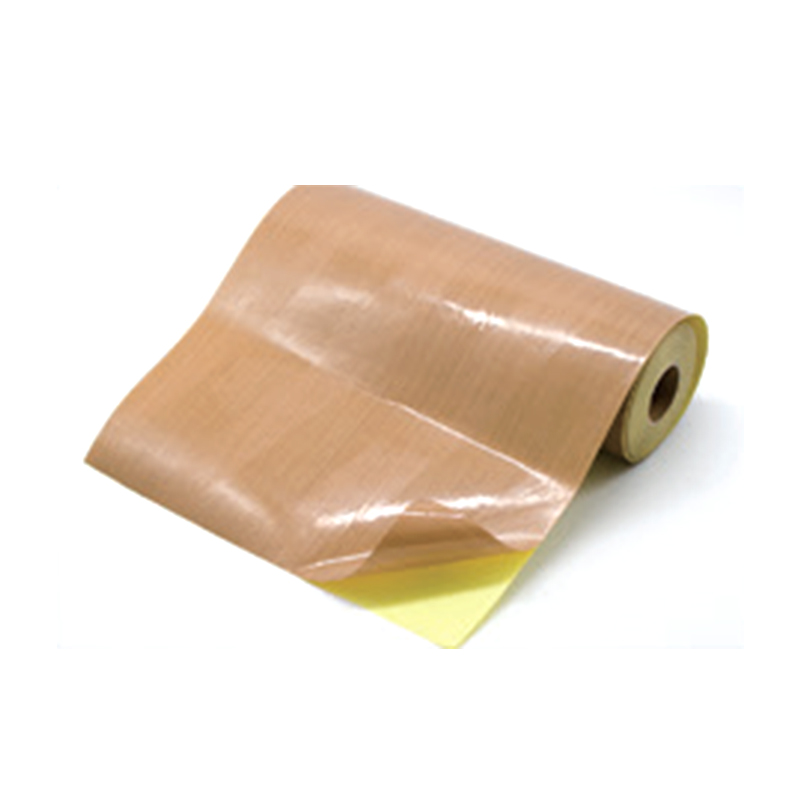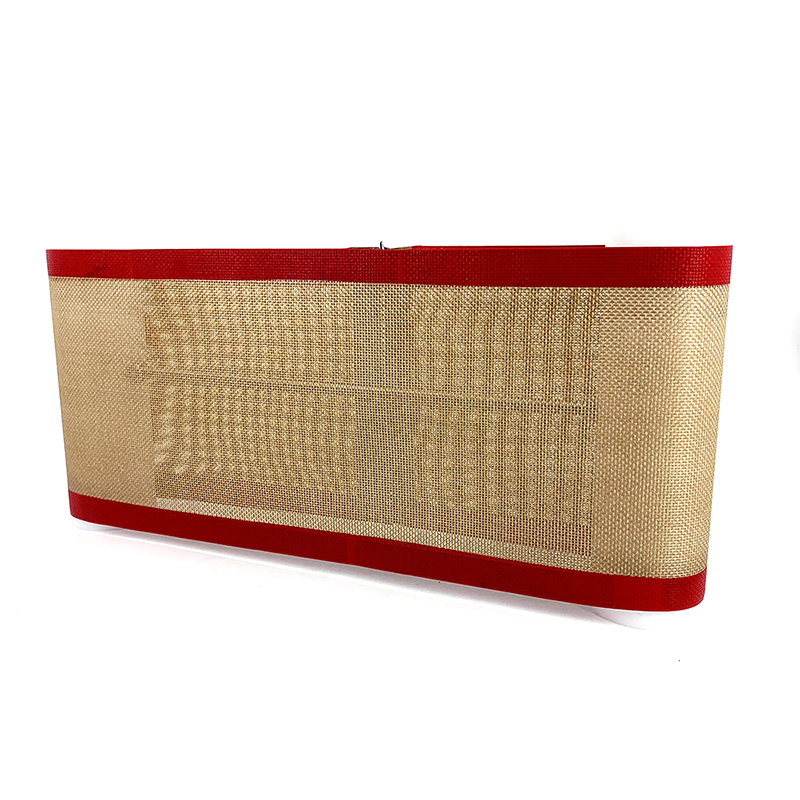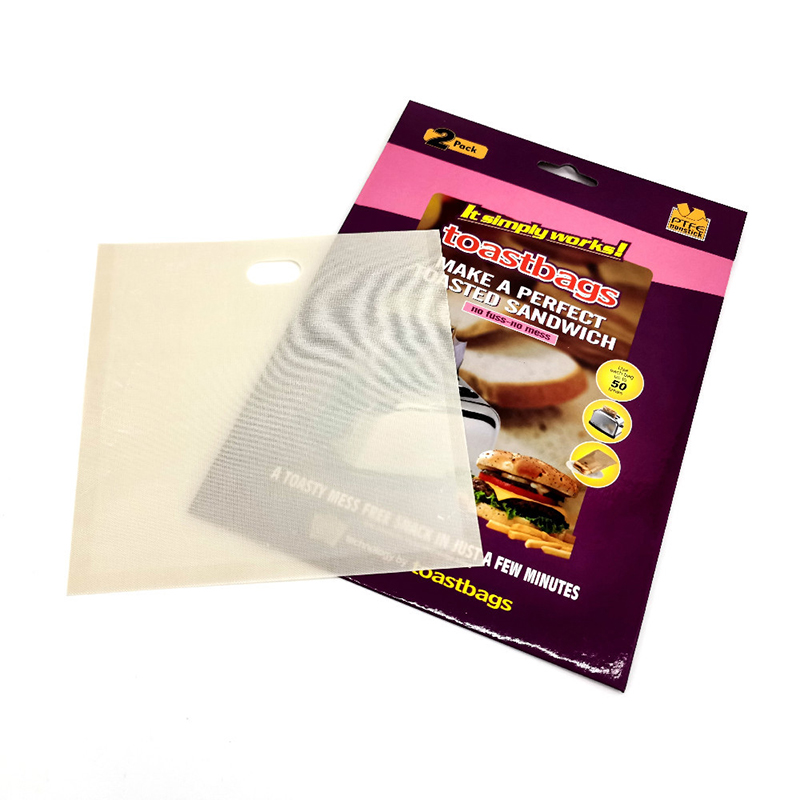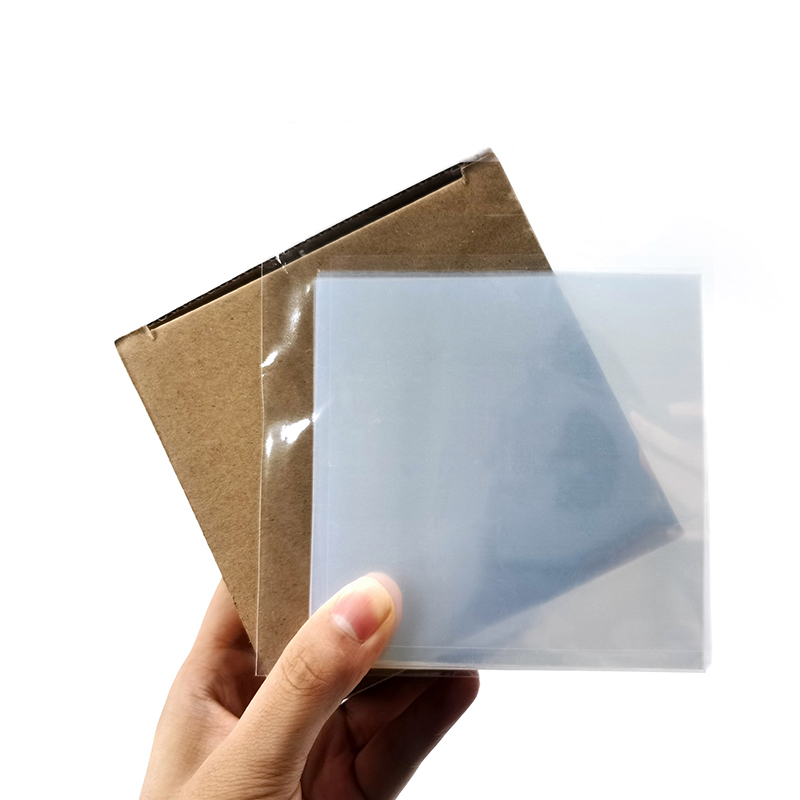Effect of etching treatment on wear resistance of PTFE film
As a high-performance material, polytetrafluoroethylene (PTFE) film is widely used in many fields due to its excellent corrosion resistance, high temperature resistance and hydrophobicity. However, its smooth surface sometimes limits its wear resistance in certain environments. In order to solve this problem, etching processing technology came into being. The etching process forms microstructures and nanoscale holes on the surface of the PTFE film through chemical or physical methods, thereby significantly increasing its surface roughness and surface area.
The etched PTFE film showed significant improvement in wear resistance. First, the increase in surface roughness increases the contact area between the film and the friction pair, and the stress during the friction process can be dispersed more effectively. This dispersion helps reduce local wear and improve the overall wear resistance of the film. In addition, the existence of nanoscale holes can also play a role in storing lubricant, further reducing the friction coefficient and extending the service life.
However, the etching process is not without limitations. Excessive etching may result in a significant reduction in film thickness, thereby weakening its overall structural strength. When a film becomes too thin, its ability to withstand external loads is significantly reduced, making it more susceptible to breakage. In addition, uneven etching may lead to locally weakened areas on the film surface, which are more likely to become the starting point of wear during friction and accelerate the failure of the film.
Therefore, precise control of etching depth and uniformity is crucial during the etching process. By optimizing etching process parameters, such as etching time, etching liquid concentration and etching temperature, precise control of etching depth and surface morphology can be achieved. This not only ensures that the film maintains sufficient thickness and strength after etching, but also achieves ideal surface roughness and surface area for optimal results in wear resistance.
In addition to the improvement of wear resistance, the etching treatment may also have an impact on other properties of the PTFE film. For example, increased surface roughness may alter the hydrophobicity and wettability of a film, affecting its performance in a specific application. In addition, the chemical reagents and process conditions used in the etching process may also have a certain impact on the chemical and thermal stability of the film.
Etching treatment is an effective method to improve the wear resistance of PTFE films. However, in order to fully realize its advantages and avoid potential risks, it is necessary to precisely control the etching depth and uniformity, and comprehensively consider its impact on other properties of the film. By continuously optimizing the etching process parameters and subsequent processing steps, PTFE film products with higher wear resistance and comprehensive performance can be developed to meet the needs of different fields.



 English
English Español
Español русский
русский






